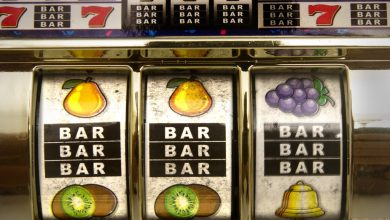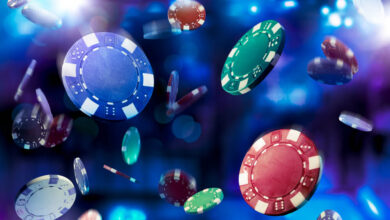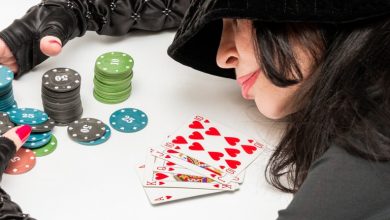The Art of the Poker Face: How to Fool Your Opponent
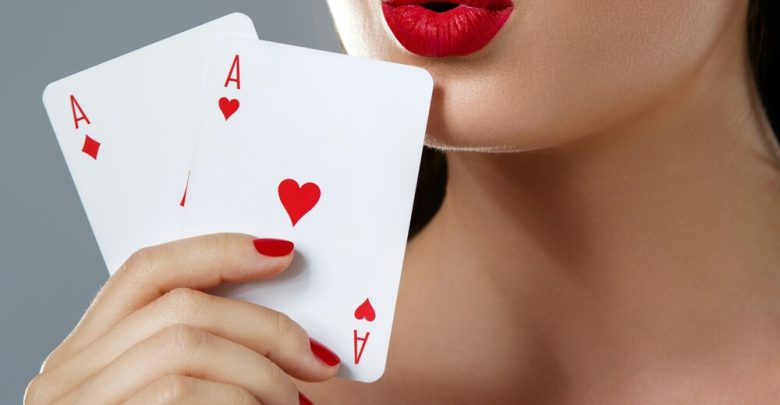
The poker face is one of the most essential tactics when playing the game of poker.
It’s a key poker strategy in which you keep a calm, straight face so you don’t betray how you truly feel about the game at hand.
Poker Face is also a wildly famous song by Lady Gaga, the multi-award-winning popstar (any fans in the house?), but that’s a story for another day.
In the game of poker, your emotions and facial expressions can be your faux pas, meaning they can give away the worth of your hand.
Remember no one else knows exactly what cards you have in your hand, but smart players often check for even the slightest microexpressions on your face to know if you’re bluffing.
This is where putting on a killer poker face can come in especially handy. This implies that you don’t express either negative or positive emotions to the game, interacting with others in a calm way, and maintaining a relaxed posture.
You see, when you make and keep a poker face, it becomes incredibly difficult for your opponent to figure out if you have a good or a terrible hand, giving you the upper hand (pun intended) in any showdown.
Mastering the art of making the perfect poker face, however, is easier said than done. After all, it can be quite tricky to nip your emotions in the bud, especially when a lot of money is at stake.
Today, we are going to focus on everything you need to know about poker face, plus provide you with expert tips and tricks on how to make one.
Why Is a Poker Face Important?

A poker face is important because it allows you to mask your emotions and prevent other players from reading your strategy.
The primary goal is to not let your body language, facial expressions, and emotions give away the true worth of your hand.
Whether in politics, sports, corporate leadership or any other position of power, showing emotion is often seen as a sign of weakness.
This may not necessarily be true, but it gives away much of the power you have over your opponent.
The same is certainly true in the game of poker, which is exactly why you need to know how to create a stern poker face.
This is particularly crucial if you often leverage bluffing as your core winning strategy when playing poker.
It can also work in your favor if you have a valuable hand that can’t lose, in which case you want your opponent to raise and not fold so you can rake in as much money as possible.
In either case, showing how you genuinely feel about the game at hand can be your worst enemy.
In a nutshell: hiding information from other players is valuable, and a good poker face can help you do just that.
How Do I Get a Poker Face?

Poker face is one of the most common phrases in the poker lingo.
Virtually everyone — whether you play poker or not — has a clue that making one means successfully concealing your honest emotions behind a straight-faced, unrevealing expression.
But do you exactly make a proper poker face?
Before we delve into how to create an awesome poker face, let’s take a look at what may give away your game.
These are expressions, behaviors, body gestures, etc. that you need to avoid in order to cultivate your ultimate poker face.
Weak signs
There are a ton of ways to figure out if a player has a bad hand, and most of them have to do with your body language.
The most common signs that you have a weak hand include breathing heavily through your mouth, rolling your eyes often, fake smiling (yes, it shows!), biting your lips, and sometimes holding your breath.
Some people with weak hands also tend to blink excessively, have a tense mouth, mistreat hole cards, and usually place chips into the pot forcefully.
These are some of the obvious tells that you need to keep at bay if you want to bluff.
Strong signs
Professional poker players are always on the lookout for signs of not only a weak hand but also a strong one.
If they tell that you have a valuable hand, they’ll fold without a doubt, reducing the pot size.
That is not what you want if you have a strong hand.
Unfortunately, certain body language and emotions can tell this, including taking heavy breaths, suddenly sitting up, placing chips into the pot with lots of care, being too calm/relaxed, being impatient, and not blinking.
Some players, when they have a good hand, tend to look frequently at their stacks of chips, point stuff upwards (praying?), and usually act weak.
These are just but a few body language signs that show you’ve got a worthy hand or cards that can’t lose.
You should avoid all of them to encourage your opponent to raise and add more chips to the pot. On the flip side, you can act out these signs when you are bluffing and you have a weak hand.
Step-by-Step Guide to Making a Poker Face
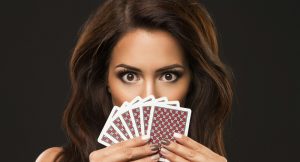
If you want to master the art and science of creating a winner poker face, the first step you should take is to watch how the pros do it.
Good thing, there are plenty of YouTube videos and WSOP trailers out there.
Nonetheless, an ideal poker face is different for everyone.
That’s why you should follow these 3 simple steps to create a poker face that best suits your style of play, emotional intelligence, and personality:
Step #1: Start with your Face
Often, the first thing or place other players look is your face. When it’s only natural for your face to light up, exposing a smile when you have a sure hand.
That’s why you must start by making your face expressionless and unrevealing.
Here are some key tips that can help you stay on top of your face game:
Maintaining direct eye contact is important
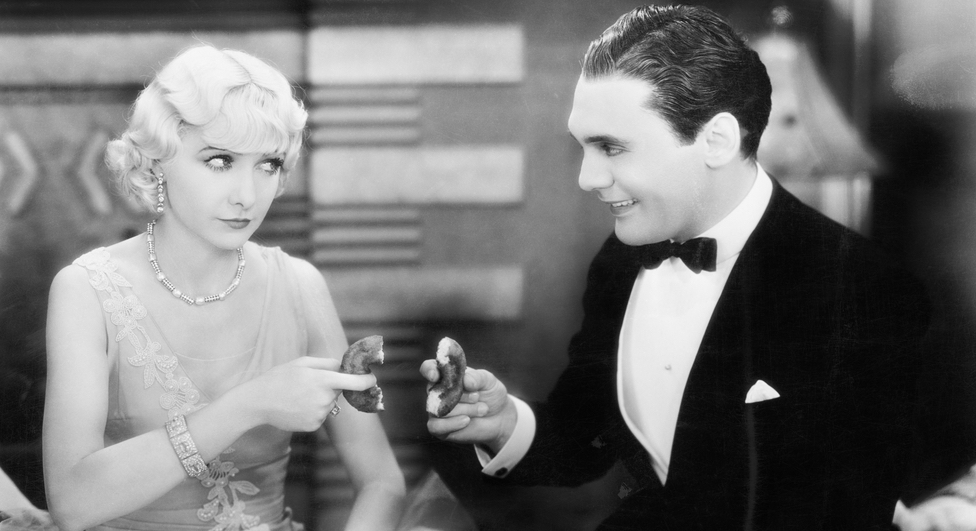
Lock your eyes with other players. By doing this, you will seem not only invincible but also confident, gaining an edge over your opponents.
More importantly, maintaining eye contact is often intimidating, which can deter other players from reading your game-play.
Let’s not forget that meeting someone’s eyes is typically a sign that you’re hiding nothing, which means your opponent will have no clue what to expect from you.
If you meet a player’s eyes and doesn’t back down, however, the next best is to stare blankly at the bridge of their nose without flinching. This should do the trick.
Relax your facial muscles
Your face has a total of 43 muscles, all of which are responsible for facial expressions, movements, and other functions.
It’s no big secret that your face can show pretty much any emotion, which is why it’s the first place that will sell you. Any form of reaction in your face will certainly give away your hand.
To ensure your face is straight and unrevealing, you need to relax most of the facial muscles.
The best way to do this is to take a deep breath, shake your face a little before the round starts, and ultimately make sure the entire face is relaxed.
Also, you should make a point of clearing your mind, a move that will make sure the stress of the game doesn’t take a toll on you.
If you don’t clear your mind, you won’t be in full control of your facial reactions, meaning that you will have little power in controlling your overall emotions.
Refrain from touching your ears or nose
Your nose and ears are the most pronounced elements of your face. Under undue pressure, most people either fidget, rub their nose or touch/pull/flick their ears.
Any of these moves are a clear giveaway that could cost you handsomely in a poker game.
The reason why this isn’t a plausible poker face move is that every time you touch your nose or rub your ear, someone will note your consistency.
For instance, you may unknowingly scratch the bridge of your nose each time you bet a valuable hand.
Don’t stare or blink too much
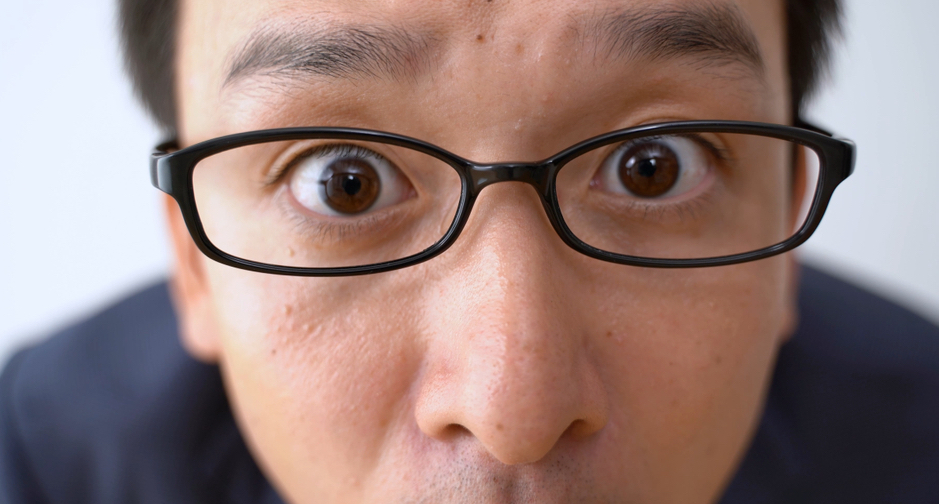
There are several reasons why it’s not a smart move to stare blankly or get fixated on your cards for too long:
1) This may indicate that you are not focused on the game, which may imply that you have weak cards. Plus, you can miss crucial clues of the play when you aren’t paying attention.
2) It may also show that you are worried about your chances or the status of your hand.
Either way, staring too much is bad news. To remedy this, you need to remember to blink once in a while to avoid staring too much.
Even still, don’t over-blink because it indicates that you are either nervous or too eager about your chances.
The key is to find a subtle balance between blinking and staring. Both can be advantageous but going overboard by blinking or staring too much can do more harm than good.
Avoid sudden movements of the lips or eyebrows
Again, your lips can tell more than you are letting. Twitching, parting, pursing, puckering, flattening, sucking in or biting your lips can be a sign that you are nervous.
If you look at your hand and make any of these moves, then other players are most probably going to read that you have a valuable hand.
The same goes for your eyebrows. Sudden movements of your brows are typically an indication of nervousness.
If you do this, your opponent will highly likely figure out that you have a great hand, and will most likely not raise.
Relax your jaws
It’s not just the lips that can give you away; your jaws can also cost you a poker game.
You see, your jaws play a big role in expressing several facial reactions and emotions, including frowning, smiling, tension, and smirk.
To keep your jaws in check, make sure they are slack and relaxed, as well as open and shut your mouth occasionally.
Moreover, you should avoid displaying or grinding your teeth because it’s a sign that you’re about to bow to pressure.
Wear polaroid sunglasses

You’ve pro players wear sunglasses, and there’s a good reason for that.
Sunglasses cover most of the important zones of your face, so you don’t have to be concerned about other players discovering your strategy.
Because sunglasses don’t work well indoors, you should find a seat close to the source of light.
Step #2: Stay on Top of Your Body Language

While keeping your face in check is the most important step, you shouldn’t forget the rest of your body.
The way you move, behave and act can also provide your opponent with small clues that you have something to hide.
Here are top tips on how to get a handle on your body language to reinforce your poker face:
Tics are a big no-no
When you are trying to make a poker face, tics are simply out of bounce.
That means you shouldn’t constantly shuffle your cards, rub your hands, snap your fingers or use them to strum the table.
Each and every tic is a poor move and a tell-tale that you are insecure and nervous.
Similarly, excessive smiling, small-talk, and laughter are dead giveaways that could jeopardize your poker strategy.
Assume a relaxed posture
Like your face, your posture can tell a great deal about your cards. That’s why you need to take a deep breath and relax your whole posture.
Of course, this doesn’t come naturally to most players.
First, you need to raise and lower your shoulder a couple of times to loosen neck/shoulder muscles.
This should be followed by taking a long, deep breath, and then arching your back, settling into an upright position.
Swing your head around on the neck a couple of times, and relax any tension in your arms or legs.
When you are done with all these exercises, your back should be in a natural posture, as well as do away with any tension or stress.
Fidgeting is unacceptable
Fidgeting is a sure-fire sign of nervousness, which isn’t acceptable if you want to put on a stern poker face. You should avoid any quirky movements or twitches.
Just observe yourself when you are nervous or excited. Do you pull on your sleeves? Do you rub your hands together?
Tap your finger, bite your nails or crack your knuckles?
If you gravitate towards any of these small habits when under pressure, you should make a point of stopping them when you play poker.
It takes time, so practice often with your buddies before joining the big league.
Find a tool/way to let off steam or tension
Tension can easily build up when you are playing poker. Instead of letting it get the best of you, use a stress ball, fidget toys, etc. to divert tension elsewhere.
Easier still, you should use these stress-relieving tools under the table to hide your movements.
Whatever you do, you should not squeeze your cards, use curse words or hit the table in frustration.
Step #3: Embrace a “Poker Face” Voice

An expressionless face and body language you go hand in hand with a neutral voice that won’t reveal your true emotions. How to maintain a “poker face” voice?
The fewer the words, the more unrevealing your voice
Your voice carries a lot of meaning and emotion, which is why you should only talk about facts of what’s going on at the table. Stick to fewer words, and keep your communication brief and concise.
If you keep on rumbling, you may use certain words like “oh”, “um”, etc. that may give away the fact that you have little confidence in your hand.
When under pressure, your talk should simple, short and to the point.
In any case, you should distill your communication to one-word answers and interjections, particularly when you’re playing high stakes poker games.
However, if you are playing a home game with your buddies, talking might not hurt but you should watch your voice when checking your cards.
The tone of your voice should be subtle and even
Changing the tone of your voice, especially when you are examining your hand can be an effortless tell for other players.
You should clear your mind, prep your throat, and take a deep breath before you speak. This way, your voice comes out neutral and impassive.
Shake or nod your head if you’re unsure of your voice
If you believe that your voice will betray you, there’s a way out: simply nod or shake your head when communicating with the dealer.
This is acceptable in place of saying “yes” or “no” in most poker games.
Talk continuously
If you are a big talker in real-life, you can use it to your advantage. Talk constantly to create confusion for your opponents.
That means you should say something about each round, play or hand, commenting on even the most trivial things.
Summary
A poker face is a great strategy that helps conceal how you truly feel about the cards in your hand.
To make the perfect poker face, you need to reign in your face, body language, and voice, making sure they are all expressionless.




